|
|
General: MOON PHASE: AUGUST 15, 1969 (APOLLO 11) WAXING CRESCENT 200 YEARS NAPOLEON BORN
Elegir otro panel de mensajes |
|
|
Pyramid of Austerlitz
The Pyramid of Austerlitz is a 36-metre-high pyramid of earth, built in 1804 by Napoleon's soldiers on one of the highest points of the Utrecht Hill Ridge, in the municipality of Woudenberg, the Netherlands.[1] Atop the pyramid is a stone obelisk from 1894.
 An 1805 engraving of the Pyramid of Austerlitz by Louis-Pierre Baltard
In 1804, the French General Auguste de Marmont established an army camp (le Camp d'Utrecht) in this central location in the Batavian Republic, the present Netherlands, where over a period of several months he forged together various battalions into a large, well-trained army, capable of beating the British enemy should there be any repetition of the invasion of 1799. In the autumn of 1804, satisfied with the military power of the new army, and to occupy his bored soldiers, Marmont had his soldiers build an earth and turf monument inspired by the Great Pyramid of Giza, which Marmont had seen in 1798 during Napoleon's Egyptian campaign. Even the erosion-exposed stepped surface was imitated. Construction lasted 27 days. The pyramid hill was 36 metres (118 ft) high, and surmounted by a 13-metre (43 ft) wooden obelisk. It was named "Mont Marmont" or "Marmontberg".
In the summer of 1805, Marmont departed with his army to southern Germany to fight in the War of the Third Coalition, which culminated in the Battle of Austerlitz (now Slavkov u Brna), the battle in which Napoleon decisively defeated the Russians and Austrians.
In 1806, despite protests from Marmont, Louis Bonaparte, the new king of Holland, renamed the hill the Pyramid of Austerlitz, and gave the same name to the trading post at the nearby camp of Bois-en-Ville.
After leaving the Netherlands in 1805, Marmont gave the monument and the use of the nearby homestead Henschoten to three soldiers, Louis Faivre, Jean Baptiste La Rouche and Barend Philpsz, who were also to maintain the pyramid. Nevertheless, the wooden obelisk soon deteriorated, and was demolished in 1808. In 1816 the Marmont pyramid and its associated land were sold to the future mayor of Utrecht, Hubert MAJ van Asch van Wijk.
In 1894, Johannes Bernardus de Beaufort, who both owned the Henschoten estate on which the pyramid stood and was mayor of Woudenberg, had the current stone obelisk built on the pyramid. This also began to collapse.
 The Pyramid of Austerlitz in 2002, during its restoration
In view of its 200th anniversary in 2004, the highly dilapidated pyramid was restored between 2001 and 2004. This was done on the initiative of the province of Utrecht, the Den Treek-Henschoten estate and the municipality of Woudenberg, which had previously set up the Austerlitz Pyramid Foundation.
The very dry summer of 2003, followed by heavy rain in 2004, caused further subsidence, and restoration was resumed in 2007. The pyramid was reopened to visitors in 2008, along with a new visitor centre interpreting the period of French rule in the Netherlands. Further piling was carried out in 2010 and 2012 to stabilise the mound.
The Pyramid of Austerlitz is an inspiration for the larger Lion of Waterloo, the pyramid built by King William I as a monument to the Battle of Waterloo where Napoleon was defeated. The mound marks the spot where his son William II was injured.
The Pyramid is a national monument, monument number 39543.
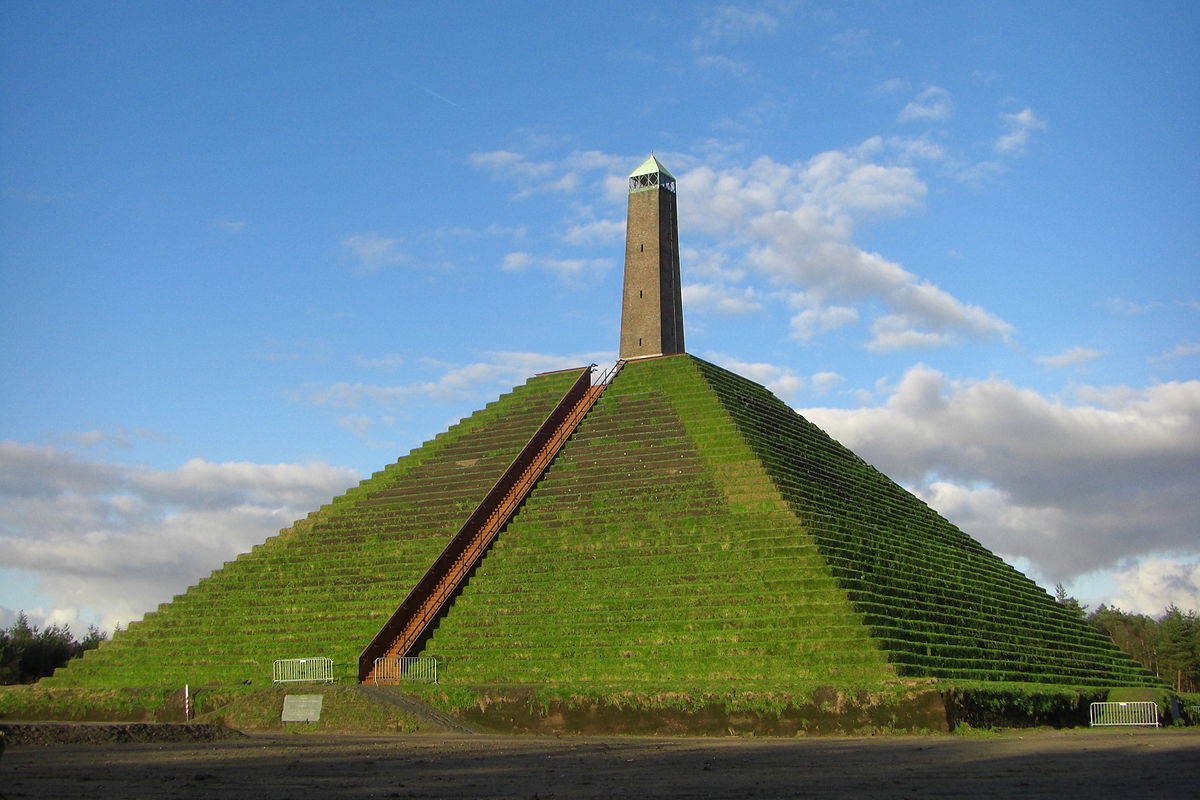 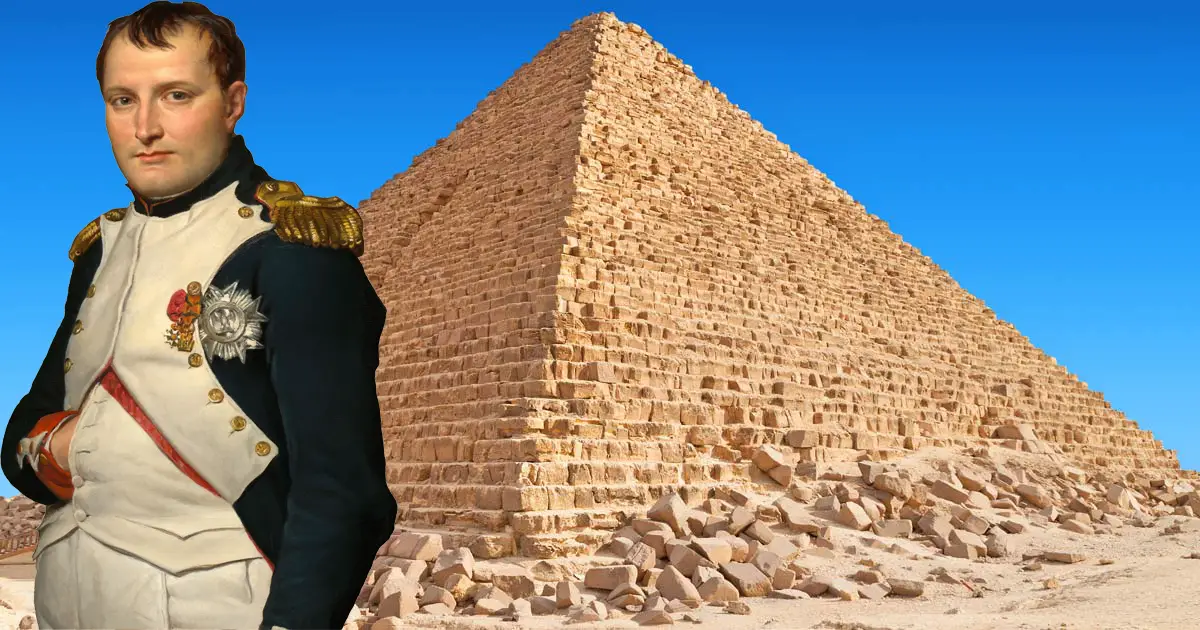   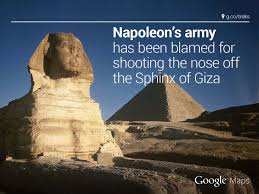
1/3-24/3 =24 DIAS
25/3-17/4=48 DIAS
18/4-11/5=72 DIAS
12/5-4/6 =96 DIAS=24*4
5/6-28/6 =120 DIAS (RADIAN=6.28)=24*5
29/6-22/7= 144 DIAS (DIA DE MARIA MAGDALENA 24X6)=HOLY WEEK/HOLY FRIDAY=24*6 REVELATION 21:17
23/7-15/8=168 DIAS (ASUNCION DE LA VIRGEN=227 GREGORIANO)=24*7
16/8-8/9 =192 DIAS =24*8
9/9-2/10= 216 DIAS =24*9
3/10-26/10=240 DIAS=24*10
27/10-19/11=264 DIAS=24*11
20/11-13/12=288 DIAS=24*12
14/12-6/1=312 DIAS=24*13 REYES MAGOS
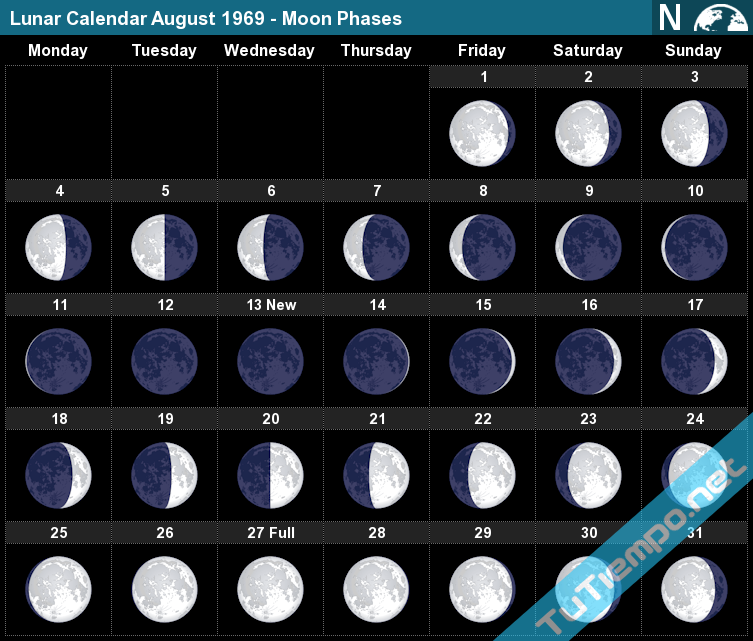
 August 13 New Moon 0% |
 August 14 Waxing Crescent 2%
|
August 15
Waxing Crescent
Illumination: 5% |
 August 16 Waxing Crescent 10%
|
 August 17 Waxing Crescent 17%
|
Moon Phase: August 15, 1969
On this day the Moon was in a Waxing Crescent Phase. Best seen in the west after the sun dips below the horizon at sunset. This is the first Phase after the New Moon and is a great time to see the features of the moon's surface. The moon is close to the sun in the sky and mostly dark except for the right edge of the moon which becomes brighter as the days get closer to the next phase which is a First Quarter with a 50% illumination.
Visit the August 1969 Moon Phases Calendar to see all the daily moon phase for this month.
Waxing Crescent Phase
The Waxing Crescent on August 15 has an illumination of 5%. This is the percentage of the Moon illuminated by the Sun. The illumination is constantly changing and can vary up to 10% a day. On August 15 the Moon is 2.11 days old. This refers to how many days it has been since the last New Moon. It takes 29.53 days for the Moon to orbit the Earth and go through the lunar cycle of all 8 Moon phases.
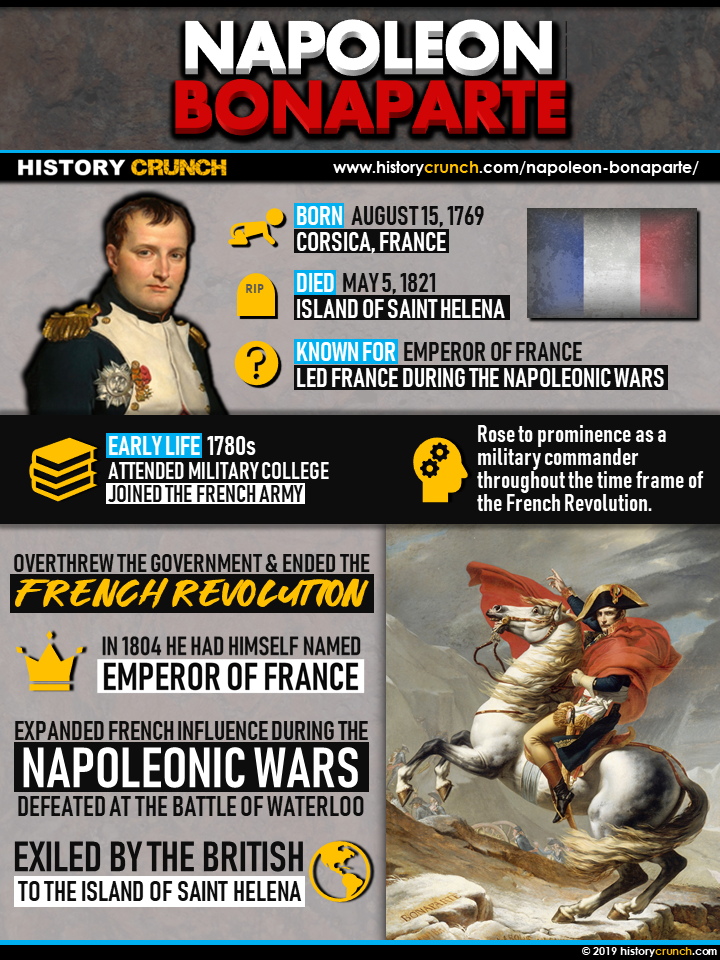
|
|
|
|
|
Was Napoleon Bonaparte born French and was he really short?
.jpg)
Click Image to Enlarge.
Napoleon Bonaparte (15 August 1769 – 5 May 1821) revolutionized warfare and changed Europe radically. Born in Ajaccio on the island of Corsica in 1769, he was the third son of Carlo Bonaparte. A copy of his birth certificate bears the mention "Giuseppo Nabulione Buonaparte". The Christian name Napoleon was given in memory of an uncle who died in 1767. Fifteen months before Napoleon's birth, the Republic of Genoa transferred on 15 May 1768 its sovereign rights over Corsica to the King of France. The definitive sovereignty was transferred just in time for the future general of the French revolutionary armies and Emperor, not to be born, neither Genoese, nor Corsican, but French. At the age of ten, Bonaparte arrived at the Royal Military School of Brienne, and spent five years studying there to become an artillery officer. He was commissioned at the age of 16 years and 15 days. For a time, Napoleon exercised his hegemony over a large part of Europe. It was only after the Battle of the Nations in Leipzig that French troops were forced in October 1813 to conduct a withdrawal, outnumbered by the coalition armies of Austria, Prussia, Russia and Sweden. On 2 April 1814, the French Senate forced Napoleon to abdicate, and into exile, to rule the small Island of Elba. Ten months later, Emperor Napoleon I tried to regain power rapidly joined by veterans and followers. His fall was definitively sealed in 1815 when his troops were defeated at the Battle of Waterloo. The dazzling rise of the "Little Corporal" was stopped by another European figure, Arthur Wellesley, 1st Duke of Wellington (1 May 1769 – 14 September 1852), nicknamed the "Iron Duke".
Napoleon still inspires devotion and hatred for winning a series of striking battles. At the height of his power, he ruled over 70 million people. Curiously, he is remembered for being short. In fact, this military genius was 1.70 m tall (5 feet 7 inches), no shorter than the average 1.65 m Frenchman. It's all about comparison. The Imperial Guard men had to be at least 1.70 m tall. Many were over 1.80 m (5 feet 11 inches) making Napoleon a small man by the waist among his soldiers. In addition, there was a difference in height between Napoleon's simple bicorne and the marshal's hats with white feathers, still playing against the Emperor. This is how the legend was created. In comparison, Wellington was about 1.75 m (5 feet 9 inches). Two great figures of European history, but as Napoleon himself put it "There is no immortality but the memory that is left in the minds of people".
The year 2019 is an interesting commemorative milestone as it marks the 250th birth anniversaries of both Napoleon and Wellington. On 3 April 2019, a first tribute – organized by the 'Souvenir Napoléonnien' – was celebrated in Paris in memory of Napoleon at the Church of La Madeleine, located next to Place de la Concorde. Songs, readings and music offered an array of the Emperor's youth, based on letters and writings that were read by Robert Hossein (30 December 1927 – ), French film actor, director, and writer. The location may surprise many since the Emperor's sarcophagus, designed by French architect Louis Visconti (11 February 1791 – 29 December 1853), is located under the dome of the Church of Saint-Louis des Invalides. Although Napoleon considered many projects during his reign, the Invalides was to become a temple of war, not his mausoleum. He only wished in his last will that "[his] ashes may repose on the banks of the Seine, in the midst of the French people, whom [he has] loved so well." So why this choice? This man of ambition used and acknowledged the zeal of his soldiers. On 2 December 1806, an imperial decree launched a competition for "the construction of a temple to the glory of the French army on the [old church] site of the Madeleine". Napoleon's aim was to celebrate the achievements of his armies and veterans.
As this neoclassical jewel – designed by Pierre-Alexandre Vignon (1763 – 1828) – with its dome, paintings, and names of the men who took part in the battles of Ulm, Austerlitz and Iena (1805 – 1806) was nearly completed at the time of Napoleon's ashes being returned to the Invalides, it is most appropriate that the Church of the Madeleine was chosen to launch the anniversary tribute to a man who could not have shaped the world according to his personal vision without his soldiers. Shown in the photograph is the Church’s cupola of the choir which displays a mural entitled "The History of Christianity" (1835 – 1838). Completed by French painter Jules-Claude Ziegler (16 March 1804 – 25 December 1856), it illustrates Mary Magdalene ascending into heaven borne by three angels. "Beneath her is Napoleon in his coronation robes, positioned center stage, his figure directly aligned with Christ’s. Facing him is Pope Pius VII, with whom he signed the Concordat of 1801, a document which re-established the authority of the Catholic church in France after the Revolution…". This is the only fresco in a Parisian church to include a figure of Napoleon. It is worth noting that it took more than three decades from the time Napoleon awarded the building contract to the completion of this mural during the July Monarchy (1830 – 1848) under King Louis-Philippe I (6 October 1773 – 26 August 1850).
Also, while it is not known if an official commemorative ceremony was held for the 250th anniversary of Napoleon’s birth on 15 August 2019, there was a public event organized – 'La Nuit aux Invalides' – held from 12 July until 31 August 2019.
On this day, 15 August 2022, we celebrate the 253rd anniversary of the birth of Napoleon Bonaparte, Emperor of the French.
Christophe Kervégant-Tanguy / André M. Levesque
|
|
|
|
|
| |
|
|
©2025 - Gabitos - Todos los derechos reservados | |
|
|

